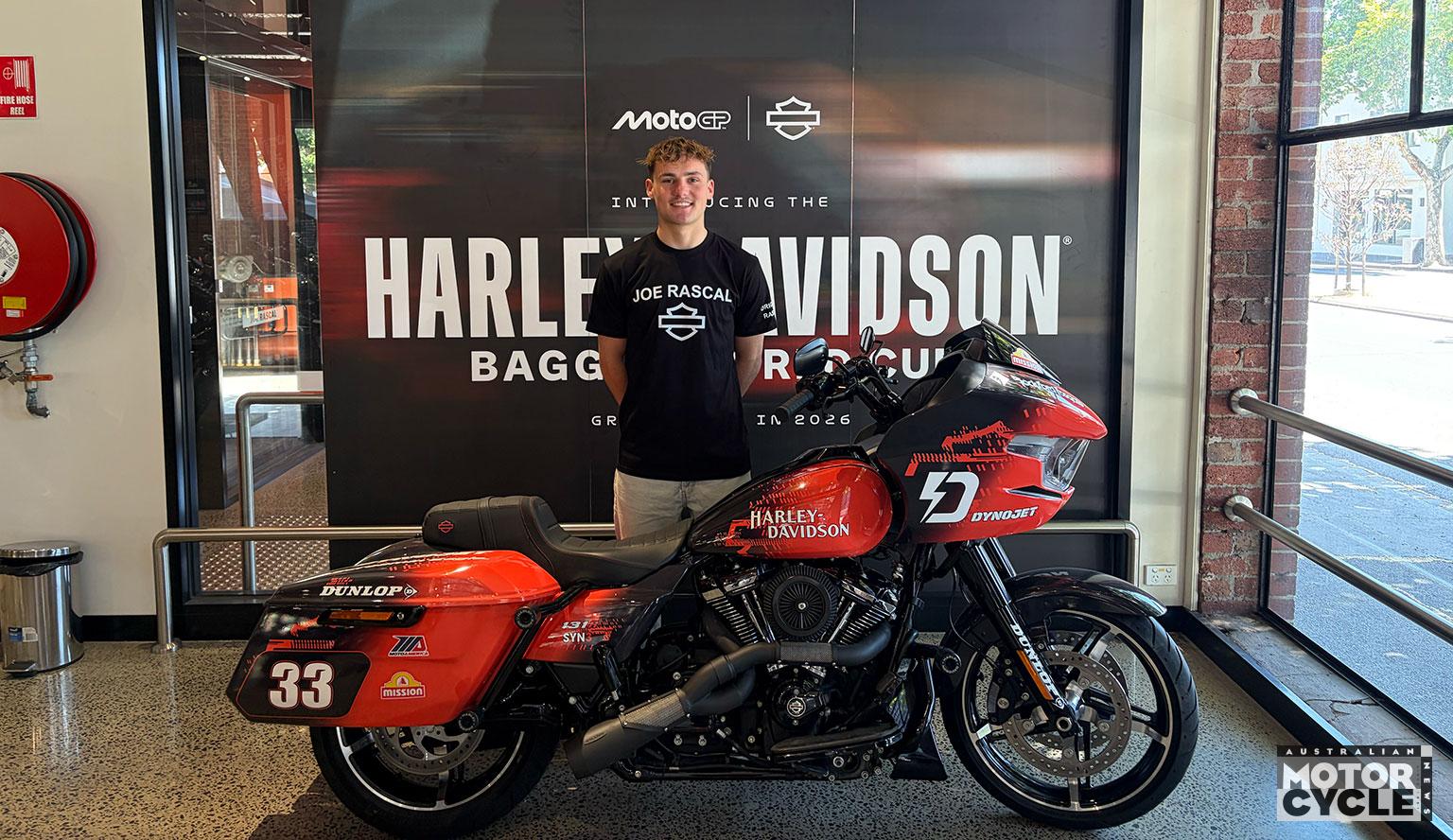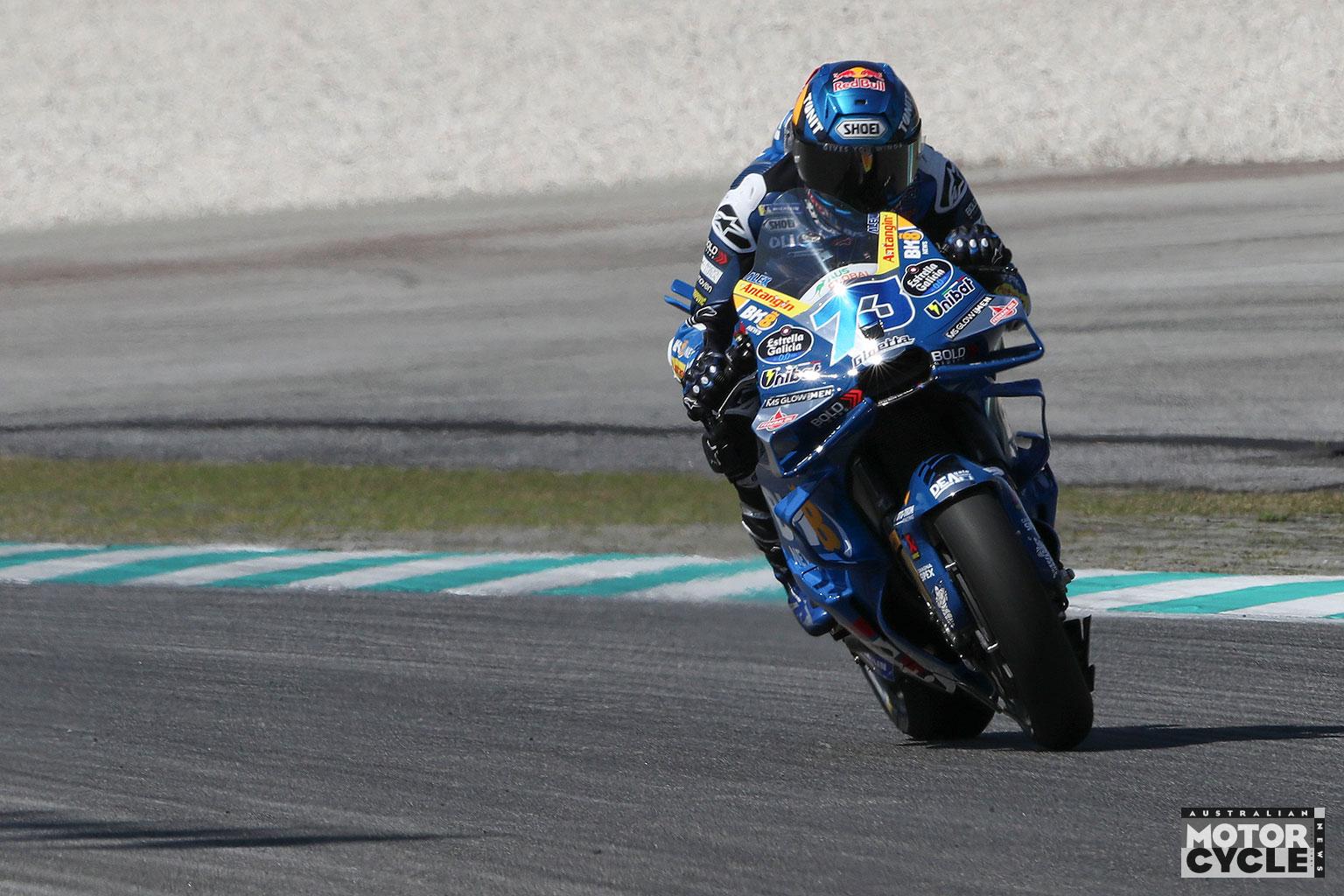He was speaking at the high table alongside all his rivals, at the annual team managers’ debrief hosted by Dorna every season at Valencia.
“I would say that there was no single mistake – just not getting to grips to understand the problems two years ago,” he continued, a clear reference to the development of the unified software introduced in 2016.
“This year has been the consequence of wrong decisions in the past. Mid-season it became clear what we needed to do. Since the Thai GP, things have turned around.” It had not been a single breakthrough, he said, but “small incremental steps”.
But upcoming tests were very important to make the improvements needed. “We really need dry tests to decide on basic things on the bike,” he said.
Two races after the Thailand race, where Vinales and Rossi finished third and fourth still right with the leaders, Vinales broke the company’s xxx-race-long streak without a victory, when he won in Australia.
One reason for Yamaha missing the boat is thought to be adopting an over-light crankshaft for this year’s engine. This gives an abrupt throttle response that spoils the M1’s good cornering balance and leads to wheelspin and poor exit acceleration. With engine design frozen they have been unable to change it, while the simpler electronics (or their lack of engagement with them) has meant they were unable to use software intervention to ameliorate the problem.
By Michael Scott
Photos GnG












